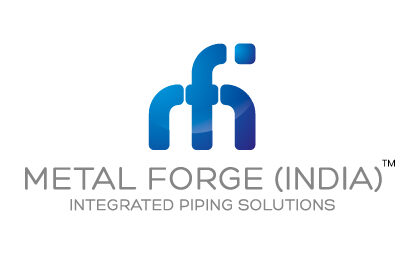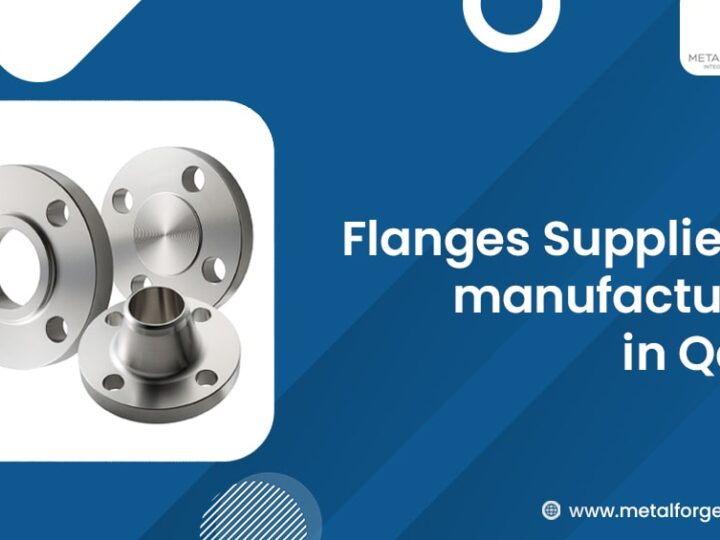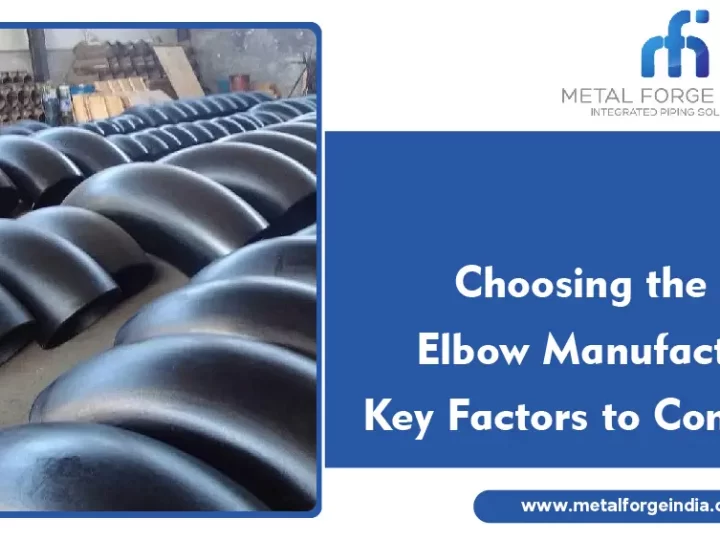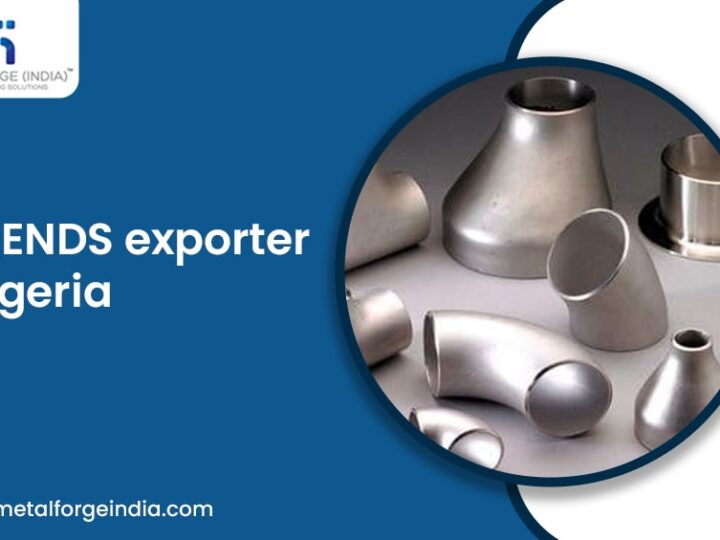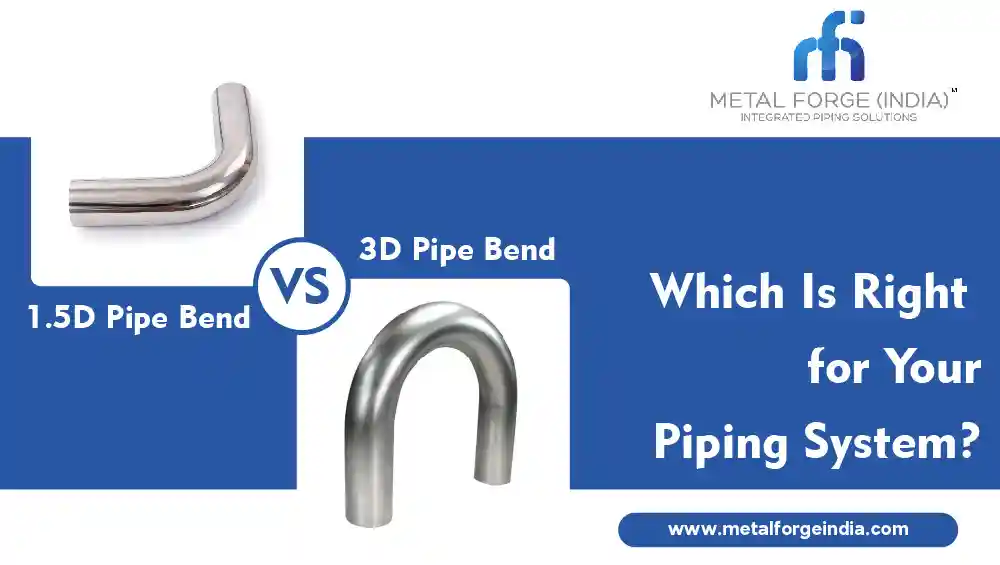
When it comes to designing and configuring piping systems, selecting the right components is crucial for ensuring optimal performance and longevity. Among these components, pipe bends play a significant role in directing the flow of fluids or gases. In this comprehensive guide, we will explore the key differences between two common types of pipe bends: the 1.5D pipe bend and the 3D pipe bend. By the end of this discussion, you’ll have a clearer understanding of which type is best suited for your specific piping system needs.
Introduction to Pipe Bends
Pipe bends are essential elements in any piping system, responsible for redirecting the flow of fluids, gases, or other substances. They are designed to accommodate changes in the direction of pipelines while minimizing turbulence, pressure drop, and stress on the piping system. Two frequently used types of pipe bends are the 1.5D pipe bend and the 3D pipe bend, where “D” represents the nominal diameter of the pipe.
1.5D Pipe Bend
What is a 1.5D Pipe Bend?
– A 1.5D pipe bend is a pipe bend with a bending radius equal to 1.5 times the nominal diameter of the pipe. In other words, if you have a pipe with a nominal diameter of 10 inches, the bending radius of the 1.5D bend would be 15 inches.
Key Characteristics of 1.5D Pipe Bends
- **Space-Efficient**: 1.5D pipe bends are relatively compact, making them suitable for installations where space is limited.
- **Moderate Flow Control**: They provide moderate flow control capabilities, which are ideal for systems with less stringent flow rate requirements.
- **Lower Pressure Drop**: Due to their relatively gentle curvature, 1.5D bends typically result in lower pressure drops compared to tighter bends.
Applications of 1.5D Pipe Bends
– 1.5D pipe bends are commonly used in industries where space constraints are not a significant concern, and the flow rate requirements are moderate. Examples include HVAC systems, water treatment facilities, and some chemical processing plants.
3D Pipe Bend
What is a 3D Pipe Bend?
– A 3D pipe bend, on the other hand, has a bending radius equal to 3 times the nominal diameter of the pipe. Using the same example as above, if you have a 10-inch nominal diameter pipe, the bending radius of the 3D bend would be 30 inches.
Key Characteristics of 3D Pipe Bends
- Less Flow Resistance: 3D pipe bends offer less flow resistance compared to 1.5D bends, making them suitable for systems with higher flow rate requirements.
- Reduced Pressure Drop: They are designed to minimize pressure drops, making them ideal for applications where energy efficiency is critical.
- Smooth Flow: The gradual curvature of 3D bends ensures a smoother and more uniform flow, reducing the risk of turbulence and erosion.
Applications of 3D Pipe Bends
– 3D pipe bends find application in industries where maintaining high flow rates, minimizing pressure drops, and ensuring the smooth flow of fluids are essential. Common uses include oil and gas pipelines, power plants, and large-scale chemical processing facilities.
Making the Right Choice
The choice between a 1.5D pipe bend and a 3D pipe bend largely depends on your specific piping system requirements:
Consider 1.5D Pipe Bends If:
– Space is limited.
– Flow rate requirements are moderate.
– Pressure drop can be tolerated.
Opt for 3D Pipe Bends If:
– Maintaining high flow rates is essential.
– Minimizing pressure drops is a priority.
– A smooth and uniform flow is critical.
Metal Forge India helps you make the right choice between these two types of pipe bends can significantly impact the efficiency, performance, and overall success of your piping system. Consulting with experienced engineers and piping system experts can help you make an informed decision based on your specific needs and constraints.
In conclusion, both 1.5D and 3D pipe bends have their advantages and are well-suited to various applications. Understanding their differences and applications is the key to selecting the right pipe bend for your piping system. Whether it’s a compact 1.5D bend or a high-performance 3D bend, choosing wisely will ensure the smooth and efficient operation of your piping system.
Comment (1)
-
Nice content, thanks for sharing this informative blog. If you are looking for Best ASTM Pipes & Fittings Manufacturers In India. then, you have connect AGK Group to get best services.
